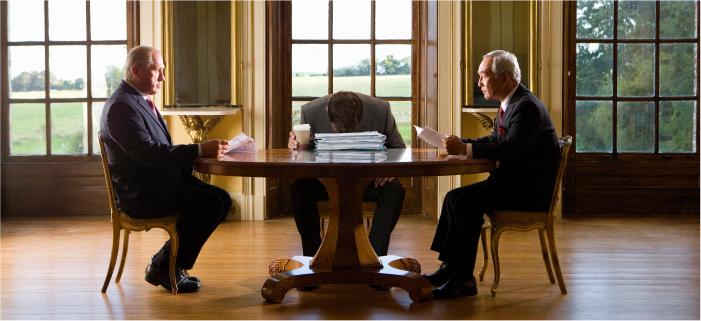1 min read
How to set your freelance rate?
As a freelancer you have the freedom to set your rates by yourself, which actually makes your potential income uncapped. However, the luxury of choices makes a lot of beginners stuck with the question of pricing. The main dilemma is: you need to be fairly paid for the time and effort you invest in your work, as well as your experience, knowledge and talent, while keeping your price aligned with the market. Honestly, there is only one thing worse than charging too much – is charging not enough.
Here we gathered some tips to help you figure out your pricing and avoid making rookie mistakes when it comes to setting your freelance rates.
What are the challenges of pricing freelancer rates?
First of all, to tackle the question of how much to charge you need to determine your pricing strategy. This is a delicate balance that requires understanding your value, target clients, and the larger competitive market. If your rates are too low, then you are not getting paid for the value that you offer and are underestimating your potential. In contrast, if your rates are exaggerated, then you may lose potential projects to your competitors.
The challenge of setting rates concerns not only new freelancers. It’s important to reevaluate your prices from time to time, to ensure they are up to date and competitive within the market.
How to set freelancer rates
- Ask yourself these basic questions before you start
- How much money do I need to make to support my lifestyle?
- What is my income goal?
- What are the market prices for similar services?
- What expenses do I have as a freelance business owner?
- Are my skills in demand?
- How much value am I bringing to the client?
- Set your income goal
The clear understanding of your lifestyle expenses will give you the understanding of how much you have to earn to keep it going. It also will determine your work approach, as freelancing can supplement an existing income or provide a full-time income.
- Define your working hours
After defining the amount of money, you should calculate the hours you are able and want to work. As a freelancer, you’ll have to balance the best way to use your time. Can you take a larger number of projects at a lower rate or you are able to do a smaller number of projects at a higher rate? Understanding the amount of billable time for a project will help you calculate if it makes sense to take it and for what rate. You can also increase your price for smaller projects if at the end of the day they are taking considerable time.
- Define your freelancer expenses
As a freelancer, you will have to pay any and all the bills that come your way while doing your project. So, it’s important to consider these expenses when defining your freelance rate, so you don’t end up underpaid.
- Research the market rate for your services
Since you have a rate that covers your salary goal and expenses, it’s time to compare your price to the market. What are other freelancers charging for a similar service?
That’s a good starting point if your rates are coherent with the other freelancers in the market. If the rate you are estimating to charge is too high, you may need to reconsider your expenses or salary goals. If the rate is too low, then you may be undervaluing your skill set and your work value.
- Understand your value
It is highly important not to underestimate your value and put your experience forward. Just because you’re going freelance, doesn’t mean you’re starting from scratch as a professional. Actually, it means that you have expertise in providing independent services and having your own business. And this should be surely reflected in your bill.
What are the main pricing models to use?
There are three main ways for setting your freelance rates. Each has its own advantages and disadvantages and your aim is to choose one suitable for your business:
- Time-based pricing
- Project-based pricing
- Value-based pricing
Time-based pricing
Time-based pricing is the easiest pricing strategy and the most common one at the beginning stage of your business. It’s very simple – you work for an hour, you invoice the client for an hour. The problem is that you easily reach the limit of your income, because you can earn only as much as the hours you’ve got available.
Project-based pricing
This kind of pricing when you quote a total project cost based on the estimate of how much effort it requires to provide the result your client is looking for. This way allows you to earn more if you know how to manage well. However, you should evaluate your work carefully, so you won’t end up working more and charging less than it would be with per hour rate.
Value-based pricing
Value-based pricing is based on the idea that you’re charging at a perceived value for the client, rather than the time it takes you to deliver the project. This type of rate is relevant if you are a highly qualified professional, and the competition is low.
It is worth mentioning that no matter what type of freelance work rate is more suitable for you, it should be specified in your freelance agreement, ensuring your payment to be provided accordingly. e-gree got your covered with a special Freelance contract. This e-greement is designed for a wide variety of projects and work-for-hire situations and contains the necessary elements to ensure that you will be paid for your work and that the rights to your work and the scope of its use will be properly assigned.











